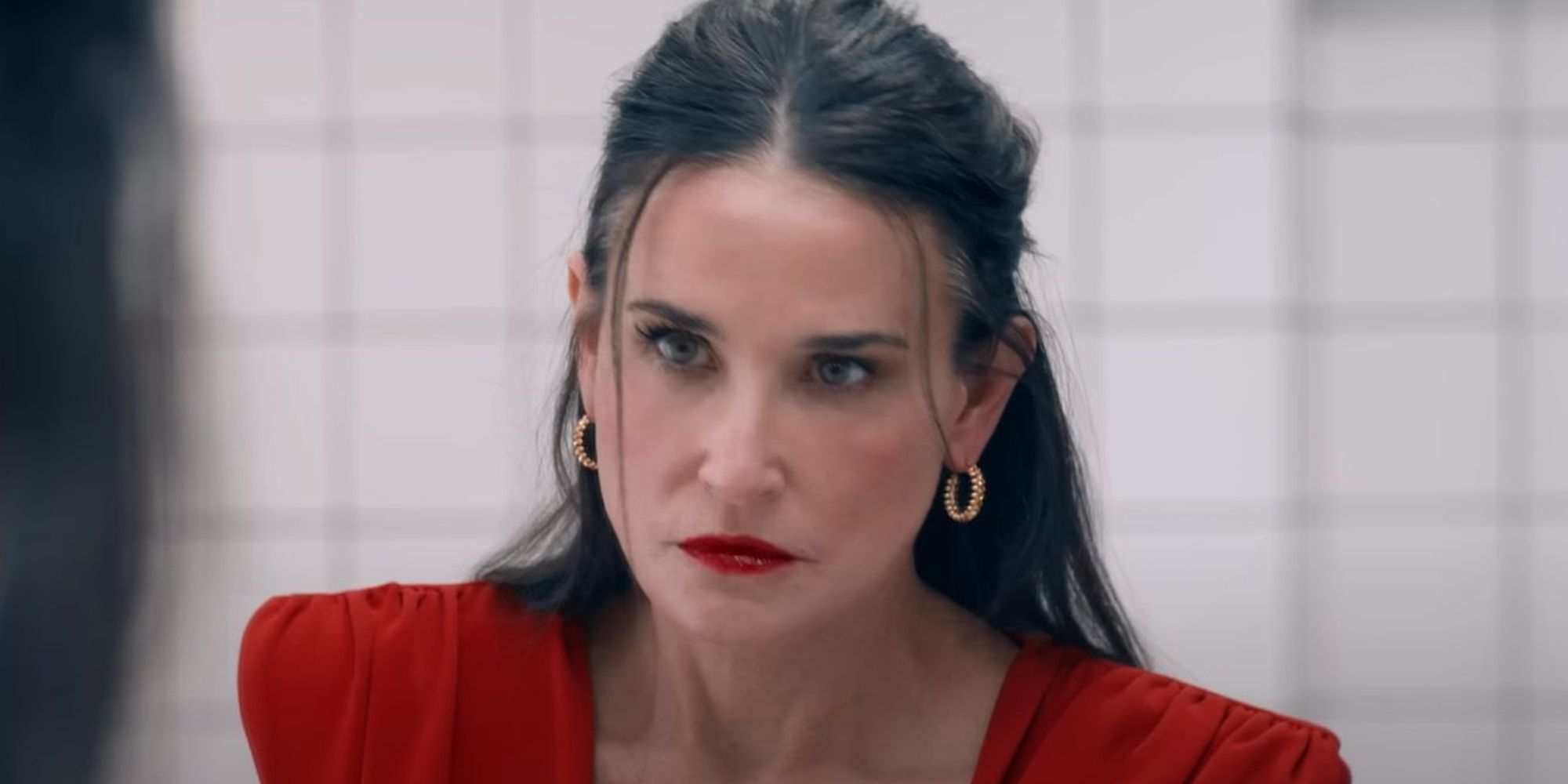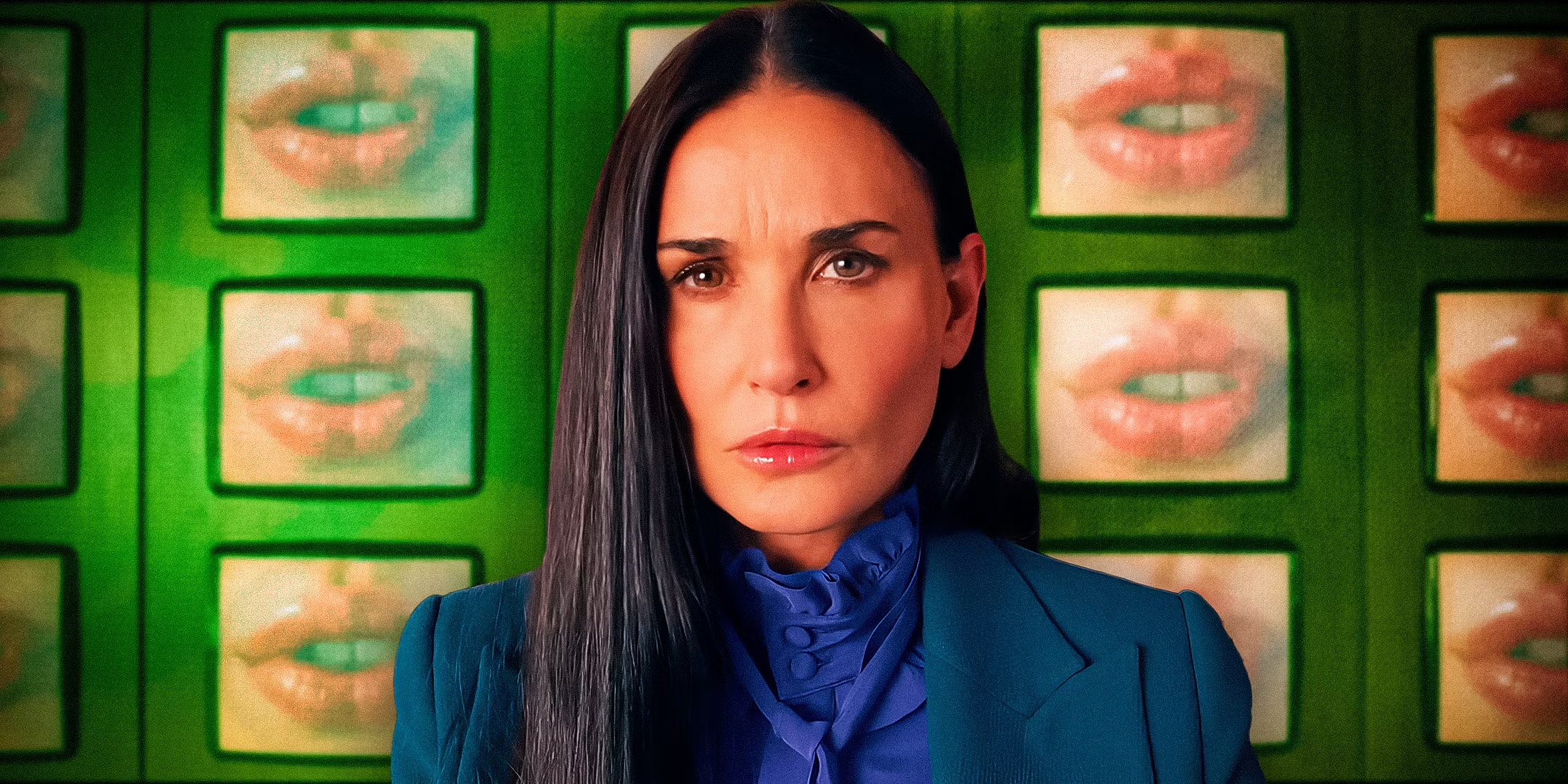The Substance Of Nude Scenes In Film And Television: A Comprehensive Exploration
Nude scenes in film and television have become an integral part of storytelling, often used to convey deep emotional or psychological elements. Whether it's a brief moment or an extended sequence, these scenes carry significant weight in media production. As we delve into the substance of nude scenes, it becomes crucial to understand their purpose, execution, and impact on both creators and audiences.
The inclusion of nudity in visual media is not merely for shock value or titillation. Instead, it often serves as a powerful narrative tool that can enhance character development, highlight themes, or create authentic portrayals. However, the handling of such scenes requires sensitivity, ethical considerations, and a clear understanding of the story's intent.
This article explores the substance of nude scenes in detail, examining their historical evolution, production practices, legal and ethical considerations, and audience perceptions. By the end of this piece, readers will gain a comprehensive understanding of why these scenes are integral to storytelling and how they are responsibly integrated into film and television.
Read also:Kerry Condon Relationships A Comprehensive Exploration Of Love Career And Personal Life
Table of Contents
- The Historical Evolution of Nude Scenes
- Production Practices for Nude Scenes
- Ethical Considerations in Creating Nude Scenes
- Legal Frameworks Surrounding Nude Scenes
- Impact on Actors and Crew
- Audience Perceptions and Reactions
- Variations in Nude Scene Styles Across Genres
- Cultural Implications of Nude Scenes
- The Future of Nude Scenes in Media
- Conclusion: Understanding the Substance of Nude Scenes
The Historical Evolution of Nude Scenes
Nude scenes have been present in visual storytelling since the early days of cinema. From silent films to modern blockbusters, nudity has evolved significantly in its portrayal and purpose. In the early 20th century, nudity was often censored or treated with extreme caution due to societal norms and legal restrictions.
As time progressed, filmmakers began to challenge these norms, using nudity to explore deeper themes such as vulnerability, intimacy, and human connection. The 1960s and 1970s marked a turning point, with films like "Last Tango in Paris" and "Midnight Cowboy" pushing boundaries and sparking debates about the role of nudity in art.
Key Milestones in the Evolution of Nude Scenes
- 1930s: The Hays Code restricts explicit content, including nudity, in Hollywood films.
- 1960s: The rise of European art cinema introduces more realistic and artistic portrayals of nudity.
- 1980s: Mainstream Hollywood begins incorporating nudity as a storytelling device.
- 2000s: Increased focus on ethical and consensual practices in the creation of nude scenes.
Production Practices for Nude Scenes
The production of nude scenes involves meticulous planning and coordination to ensure both artistic integrity and actor comfort. Filmmakers employ various techniques to create these scenes responsibly, balancing the narrative needs with ethical considerations.
Best Practices in Producing Nude Scenes
- Use of intimacy coordinators to facilitate communication and set boundaries.
- Clear contracts outlining the extent and nature of nudity required.
- Utilization of body doubles or visual effects when necessary.
- Creating a safe and respectful environment on set.
These practices not only protect actors but also enhance the authenticity of the scenes, ensuring they serve the story rather than detract from it.
Ethical Considerations in Creating Nude Scenes
Ethics play a critical role in the creation of nude scenes. Filmmakers must prioritize the well-being and consent of actors, ensuring that they feel empowered and respected throughout the process. Transparency and open communication are key to addressing ethical concerns.
Intimacy coordinators have emerged as vital figures in this context, helping to establish guidelines and protocols that safeguard actors' rights and dignity. Their involvement ensures that scenes are executed with sensitivity and professionalism.
Read also:Jennifer Grey And Patrick Swayzes Heartfelt Tribute At Funeral
Key Ethical Guidelines for Nude Scenes
- Obtain explicit consent from actors before filming.
- Respect actors' privacy and boundaries during production.
- Provide clear instructions and rehearsals to minimize discomfort.
- Ensure proper compensation and recognition for performers.
Legal Frameworks Surrounding Nude Scenes
Legal regulations govern the inclusion of nude scenes in film and television, varying by country and jurisdiction. These laws aim to protect performers and audiences from exploitation or harm while allowing creative freedom within defined limits.
In the United States, the Motion Picture Association's rating system categorizes films based on their content, including nudity. Other countries have similar frameworks, emphasizing the importance of age-appropriate content and responsible production practices.
Global Legal Perspectives on Nude Scenes
- United States: MPAA ratings and state-specific regulations.
- European Union: Varied national laws with a focus on artistic freedom.
- Australia: Classification Board guidelines for explicit content.
Impact on Actors and Crew
Nude scenes can have a profound impact on actors and crew members involved in their production. For actors, these scenes may evoke feelings of vulnerability or discomfort, requiring emotional resilience and support. Crew members must also navigate the unique challenges of filming such scenes, maintaining professionalism and respect at all times.
Industry initiatives, such as the establishment of support networks and mental health resources, aim to mitigate these impacts and foster a positive working environment.
Audience Perceptions and Reactions
Audience responses to nude scenes vary widely, influenced by cultural, social, and individual factors. While some viewers appreciate the artistic and narrative value of these scenes, others may find them gratuitous or offensive. Understanding audience perceptions is crucial for filmmakers seeking to create meaningful and impactful content.
Research indicates that audiences are increasingly demanding authenticity and purpose in the portrayal of nudity, rejecting scenes that appear exploitative or gratuitous.
Factors Influencing Audience Reactions
- Cultural background and societal norms.
- Personal beliefs and values.
- Context and intent of the scene within the story.
Variations in Nude Scene Styles Across Genres
Different genres employ nude scenes in distinct ways, reflecting their unique storytelling objectives. In dramas, nudity may serve to highlight emotional depth or psychological complexity. In comedies, it might be used for comedic effect, while horror films may incorporate nudity to heighten tension or shock.
These variations demonstrate the versatility of nude scenes in visual media, underscoring their importance as a narrative tool.
Cultural Implications of Nude Scenes
Cultural contexts significantly influence the portrayal and reception of nude scenes. In some cultures, nudity is viewed as natural and acceptable, while in others, it may be considered taboo or inappropriate. Filmmakers must navigate these cultural sensitivities to ensure their work resonates with diverse audiences.
Global collaborations in film and television have facilitated cross-cultural exchanges, promoting greater understanding and appreciation of different perspectives on nudity in media.
The Future of Nude Scenes in Media
As technology advances and societal attitudes evolve, the future of nude scenes in media is poised for transformation. Virtual reality, augmented reality, and other emerging technologies offer new possibilities for creating immersive and interactive experiences. Meanwhile, shifting cultural norms and increased awareness of ethical considerations may lead to more responsible and respectful portrayals of nudity.
Industry professionals and audiences alike will play a crucial role in shaping this evolution, ensuring that nude scenes continue to serve as powerful tools in storytelling while respecting the dignity and rights of all involved.
Conclusion: Understanding the Substance of Nude Scenes
In conclusion, nude scenes in film and television are far more than mere visual elements; they are integral components of storytelling that can enrich narratives and deepen character portrayals. By understanding their historical evolution, production practices, ethical considerations, and cultural implications, we can appreciate the substance behind these scenes and their significance in media.
We invite you to share your thoughts and experiences in the comments below. Have you encountered a particularly impactful nude scene in a film or TV show? How do you think the industry can continue to improve its approach to nudity in media? Explore our other articles for more insights into the world of film and television.
Remember to bookmark this page and follow us for updates on the latest trends and developments in the entertainment industry.


